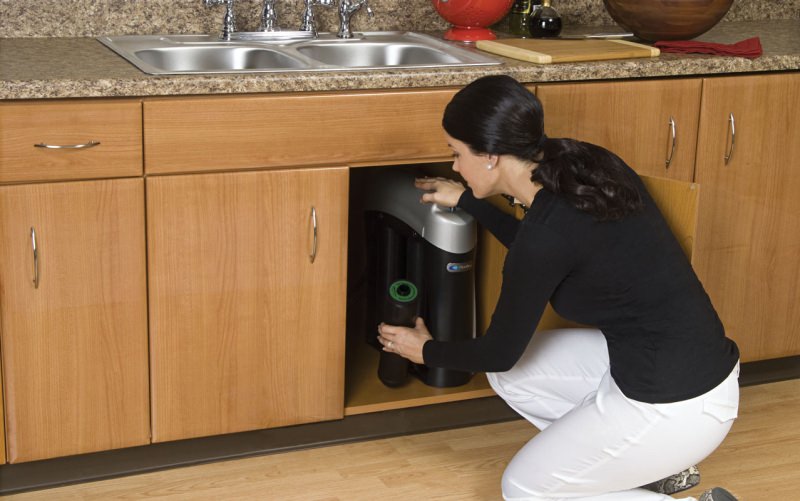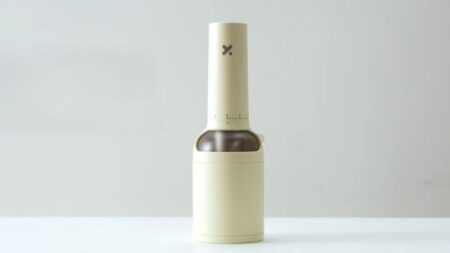Water treatment systems are a popular installation in modern homes. The right system will give you an added line of protection against bacteria, lead, heavy metals and other contaminants. Every home has unique needs when it comes to its water supply. It’s important to understand what you’re looking at and what your options are, so you can choose the safest and most effective water treatment system for your home.
Know what’s in your water

Before you can properly filter your water, you need to know what’s in it. The most important factor for any filtration system is its effectiveness at removing the containment specific to your area. The Environmental Protection Agency (EPA) requires utility companies to send a consumer confidence report, or CCR annually. This includes information on your water quality and susceptibility to contamination. If you prefer not to wait for your next CCR, you can test the water yourself.
Filtration can handle numerous contaminants including mercury, lead, and hydrogen sulfide. Other contaminants need a more specialized water treatment system. You need a distillation or reverse osmosis system for sodium, sulfate, and chlorides. You can only treat bacteria with ultraviolet disinfection or microbiological purifiers. Make sure you choose a water treatment system that’s equipped for the contaminants of greatest concern to you.
Common treatment methods

A water filter is the most common treatment method for residential homeowners. These use activated carbon filters to remove pesticides, parasites, chlorine, and heavy metals. Distillers are another effective option for removing heavy metals.
However, they purify water by heating to a vapor, and volatile organic compounds (VOCs) that readily convert into a gas are not impacted by this system. A water purifier combines the effectiveness of carbon microfiltration system with a chemical treatment to eliminate protozoa and bacteria from the water.
If you have hard water, a water softener can solve the problem by using a cation-exchange resin to remove excess magnesium and calcium from the water. A reserve osmosis system sends water through a semi-permeable membrane with pre- and post-filters to remove more difficult contaminants.
Where to place the filter

Water treatment is available with a point-of-entry (POE) system or point-of-use (POU) system. POE systems filter the water before it comes out of the tap. Depending on placement, they may filter all the water in the home. POE systems include whole-house filters placed on the main water line, under-sink filters installed beneath a specific faucet, and faucet-mounted filters that handle water as it comes from the tap.
If you want to eliminate an unpleasant odor or soften water for both drinking and bathing, a whole-house filter is the best option. However, if you’re only concerned about your drinking water, you may not need to filter what comes out of the taps in your bathroom.
POU systems are found on products separate from your home plumbing. These filters are installed on water pitchers or water bottles and filter the water only after it’s come out of the tap.
What certifications apply

NSF International is a public health organization that certifies consumer goods. NSF maintains American National Standards for filters, reverse osmosis systems, water softeners, distillation systems, microbiological purifiers, and ultraviolet disinfection products.
Look for NSF certification on your water treatment system. For added peace of mind, you can also watch for the Water Quality Association (WQA) Gold Seal that indicates products included in the Validated Water Treatment Equipment Directory.
Water treatment systems offer important protection for your health, so it’s important to choose one from a company known as a household name in wellness products, such as Amway. Read up on the technical specifications of any product you’re considering. You should easily find information on the type of filter used, when and how to replace it, and what contaminants are readily removed by the system.
As a well-educated consumer, you can easily navigate the world of water treatment systems to select a product that will target the specific problem areas highlighted on your CCR. With the right system in place, you can cook, drink, and bathe in peace knowing you’ve purchased the best option for your home.
Follow Homecrux on Google News!




